Types of hiking shoes: from barefoot to mountaineering boot
We take a look at the main types of hiking shoes in this article to help you choose the best footwear for tackling your favorite terrain
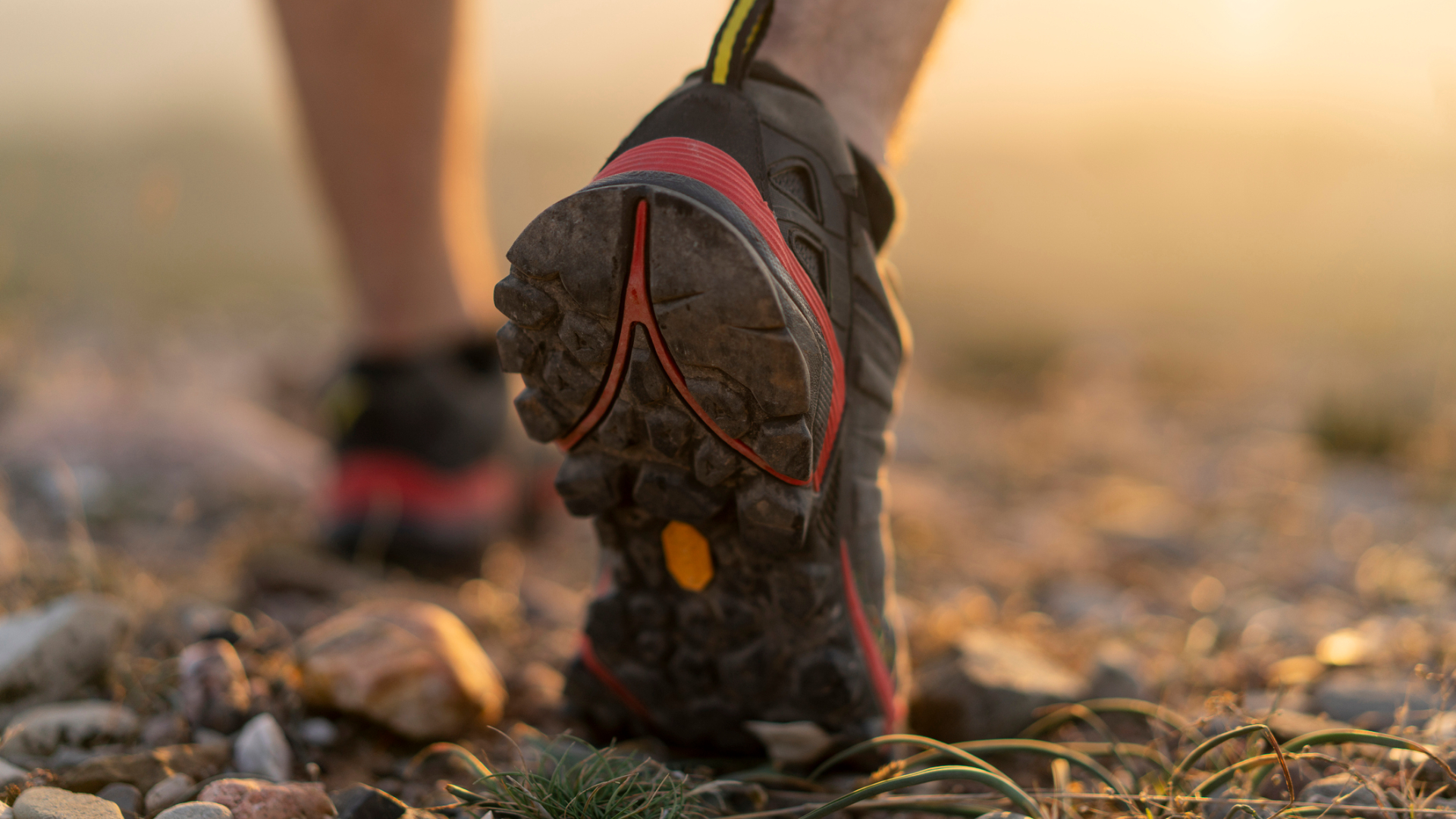
There once was a time when the only acceptable form of hiking footwear was your best hiking boot. Evolved from the hobnail leather boot that was the only option for an early mountaineer and advanced by the invention of the Vibram sole, the leather hiking boot long reigned supreme as the only option for those wanting to venture out into the wild. But then the 1980s arrived, marking a decades-long heyday of innovation when it came to outdoor gear, and with it, the trail shoe was born.
The trail shoe sparked a long-raging debate over which of these juggernauts is the best footwear for hiking, and as the years have passed, ever more contenders have emerged on the scene, ranging from the spartan to everything-proof. So which is the best hiking shoe for you? We take a look at the main types of hiking shoes in this article to help you choose the best footwear for tackling your favorite terrain.
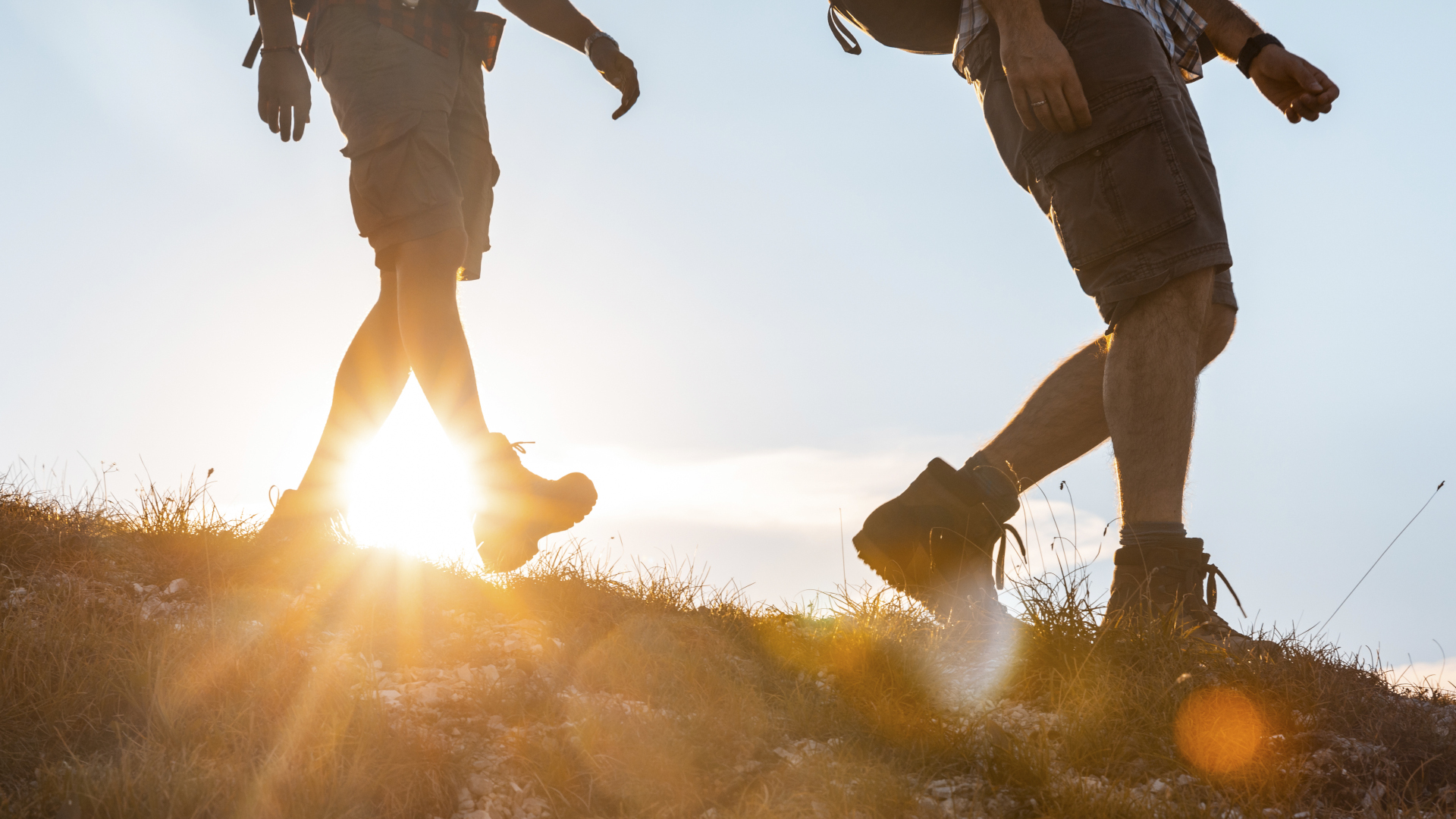
Barefoot shoes
Starting with the most minimalist type of hiking shoes, barefoot shoes have been more readily adopted by runners, but some hikers swear by them. Barefoot shoes, which are shoes, have zero drop, thin soles for a better 'trail feel' and no support. Some have a more sock-like fit, with toes that will make some people squirm in embarrassment, but there are others that better resemble a typical hiking boot these days.
The theory is that your feet become stronger without the support and padding of shoes, developing protective calluses and forcing you to walk with a more natural gait, however Vibram famously settled a class action lawsuit after these claims were proven to be unfounded. You still might like the natural trail feeling of the best barefoot running shoes, but the sticker warning is that you need to ease into using these, and you may find them very uncomfortable on sharp rocks.
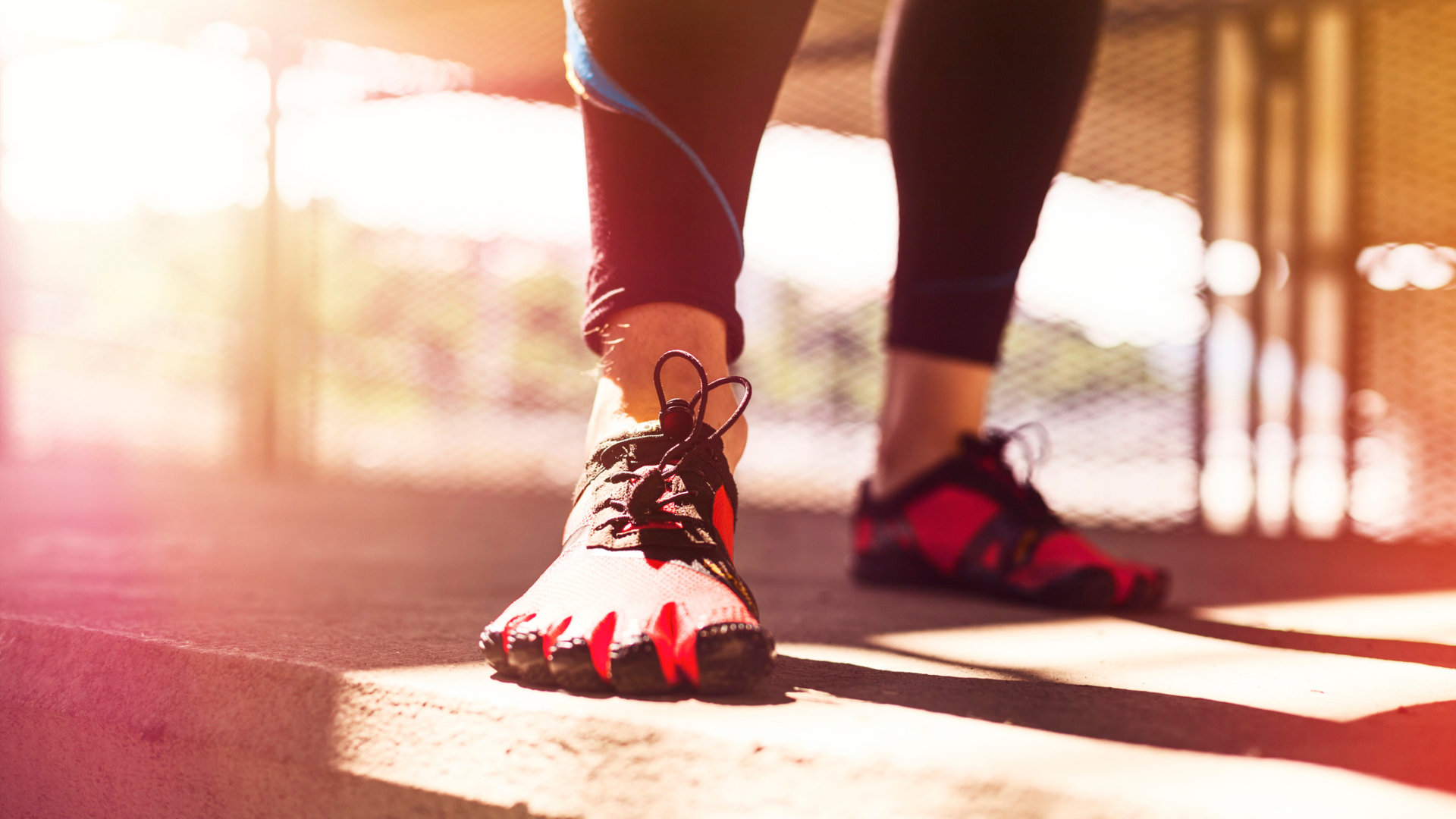
Hiking sandals
To many, the very term 'hiking sandal' is an oxymoron – either you’re hiking, or you’re wearing sandals, but you can’t be doing both. In recent years however, this relative newcomer to the hiking shoe world has claimed quite a few supporters. Unlike the flimsy flip flop, the best hiking sandals boast a thick sole with deep tread, arch support, and nylon straps.
We’ll admit, these are great for hiking in fair weather conditions when you’re expecting to do lots of stream crossings, but they’re definitely an acquired taste. Sure, it’s easier to get a pebble out of them, but you're more likely to get a pebble in them in the first place. Some people find the straps rub, which you can offset by wearing socks, but then you’re in a whole other debate over whether or not to wear socks with sandals… we’ll let you decide.
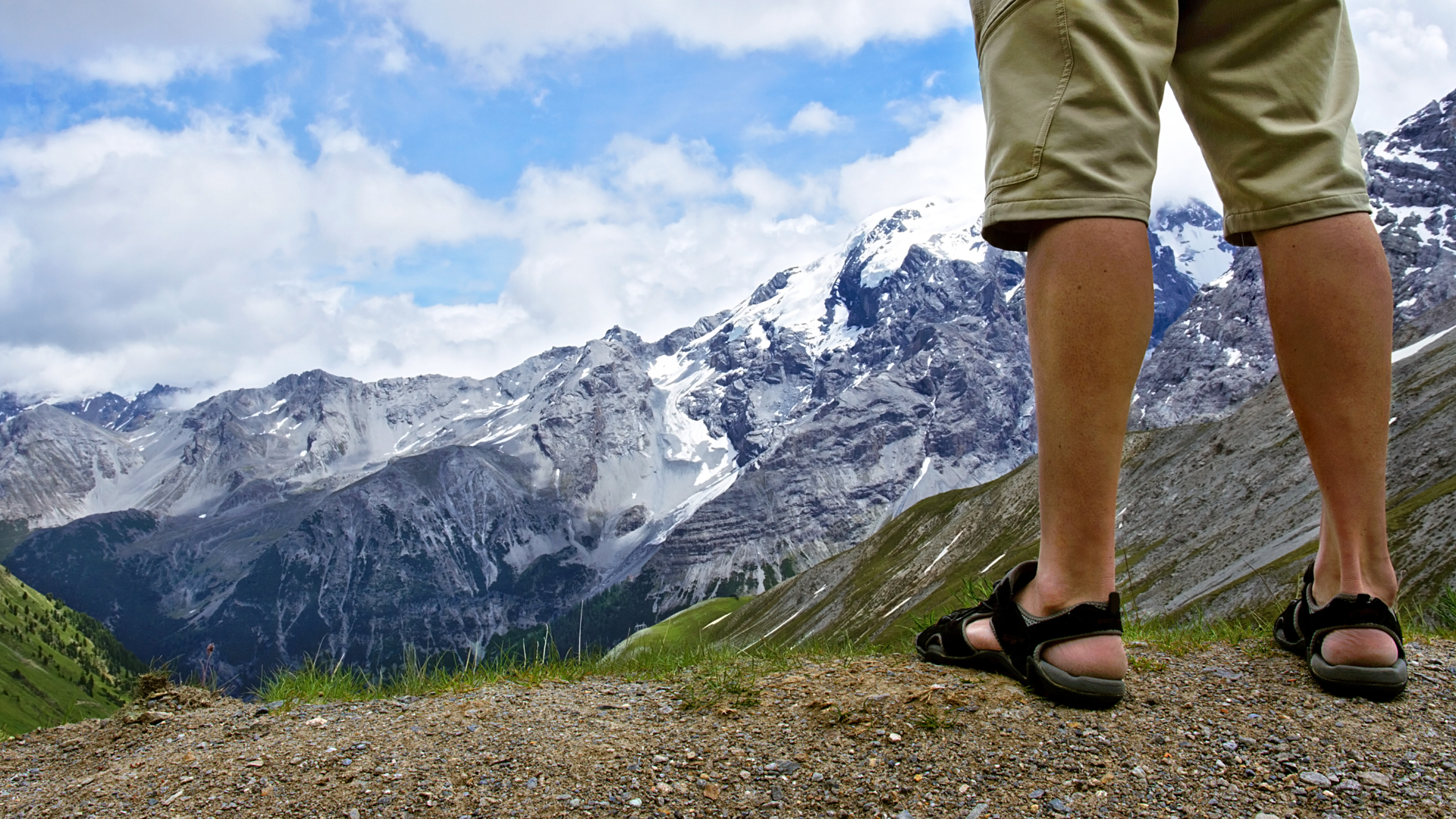
Approach shoes
The best approach shoes are intended for rock climbers on their hike into the crag, but they can make acceptable hiking shoes too, under the right conditions. Approach shoes are extremely tight-fitting and stretchy – so much so that some climbers climb in them – and they have really sticky rubber soles instead of deep tread. They’re kind of like more aggressive climbing shoes and typically lightweight and less stiff than hiking shoes. They probably won’t be as durable as hiking shoes, but if you’re going to be hiking on slickrock or other rocky desert conditions, you might benefit from approach shoes.
Advnture Newsletter
All the latest inspiration, tips and guides to help you plan your next Advnture!
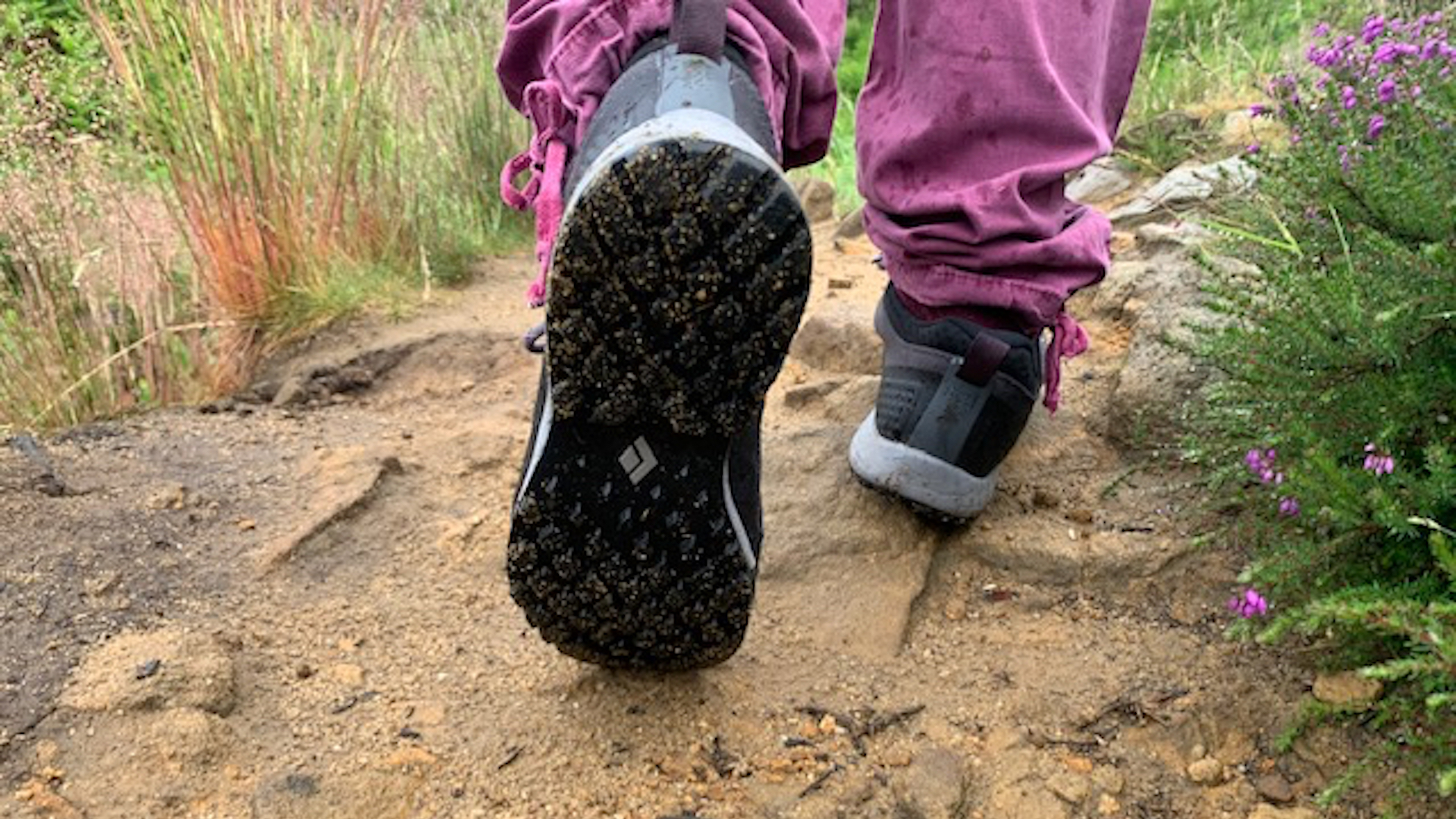
Hiking shoes
Now for the hiking shoe, which kicked off this whole debate back in the early 1980s. A hiking shoe will look and feel the most like a pair of sneakers and therefore pretty familiar, but they’re not the same as trainers. Hiking shoes will have thicker, stiff soles with good tread designed to withstand slippery and rocky terrain. They’ll have breathable uppers that may even be waterproof, but will be sturdier than trainers to protect your toes.
The best hiking shoes are pretty comfortable and don’t take much breaking in at all, plus they’re more versatile and lighter weight than the traditional hiking boot. On the downside, they’re not usually as durable as hiking boots, don’t support your ankles and if it’s very wet, you’ll probably want to wear them with gaiters.
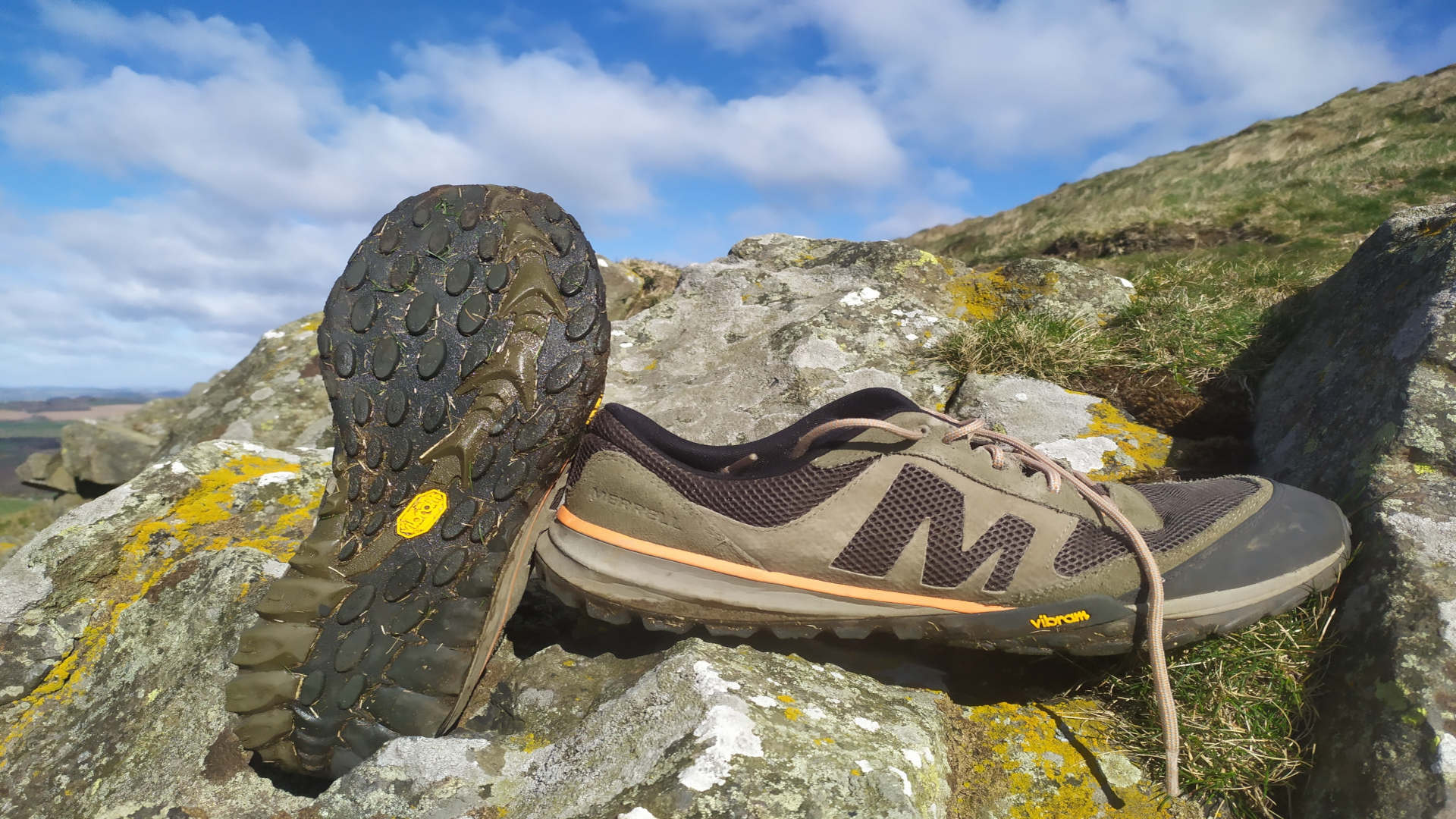
Hiking boots
As a piece of outdoor it, the classic hiking boot is highly regarded by many. Now manufactured with nylon uppers as well as the more classic sturdy leather versions and rubber soles, these offer great protection against rugged conditions, meaning rocks as well as rain and snow. Stiffer than a shoe, you usually can’t feel the trail under your feet at all, which many people like, and they certainly feel more supportive around your ankles, though the debate rages on about whether you need ankle support for hiking, and whether you get it from boots.
The best hiking boots will be waterproof and may be insulated, and should last a lifetime if you take good care of them, even if you need to have them resoled one or twice. That said, they can often take a lot more breaking in, they usually weigh more than a shoe, they’re less versatile and you don’t get that trail feel underfoot that some hikers love.
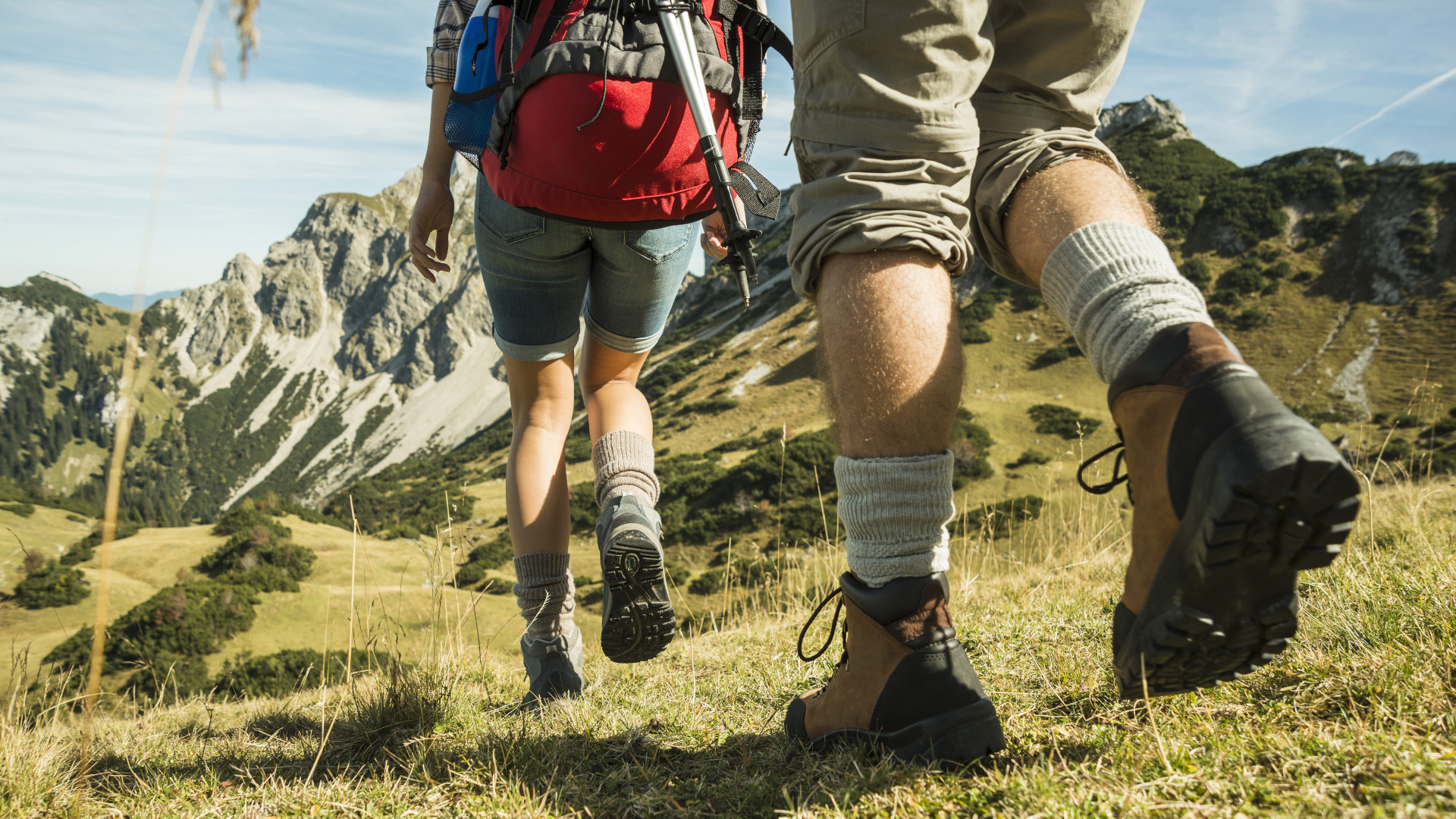
Mountaineering boots
Mountaineering boots are like a hardcore version of hiking boots. Designed to be used with crampons, they’re ultra stiff using a steel or carbon fiber shank, so you can use them when you're glacier hiking. They come up higher than a typical hiking boot for climbing through deep snow, and are insulated to protect you from frostbite. You’d really only consider these boots for a serious expedition, or for ice climbing. Sound like just what you need? You'll find some good versions in our list of the best winter hiking boots.
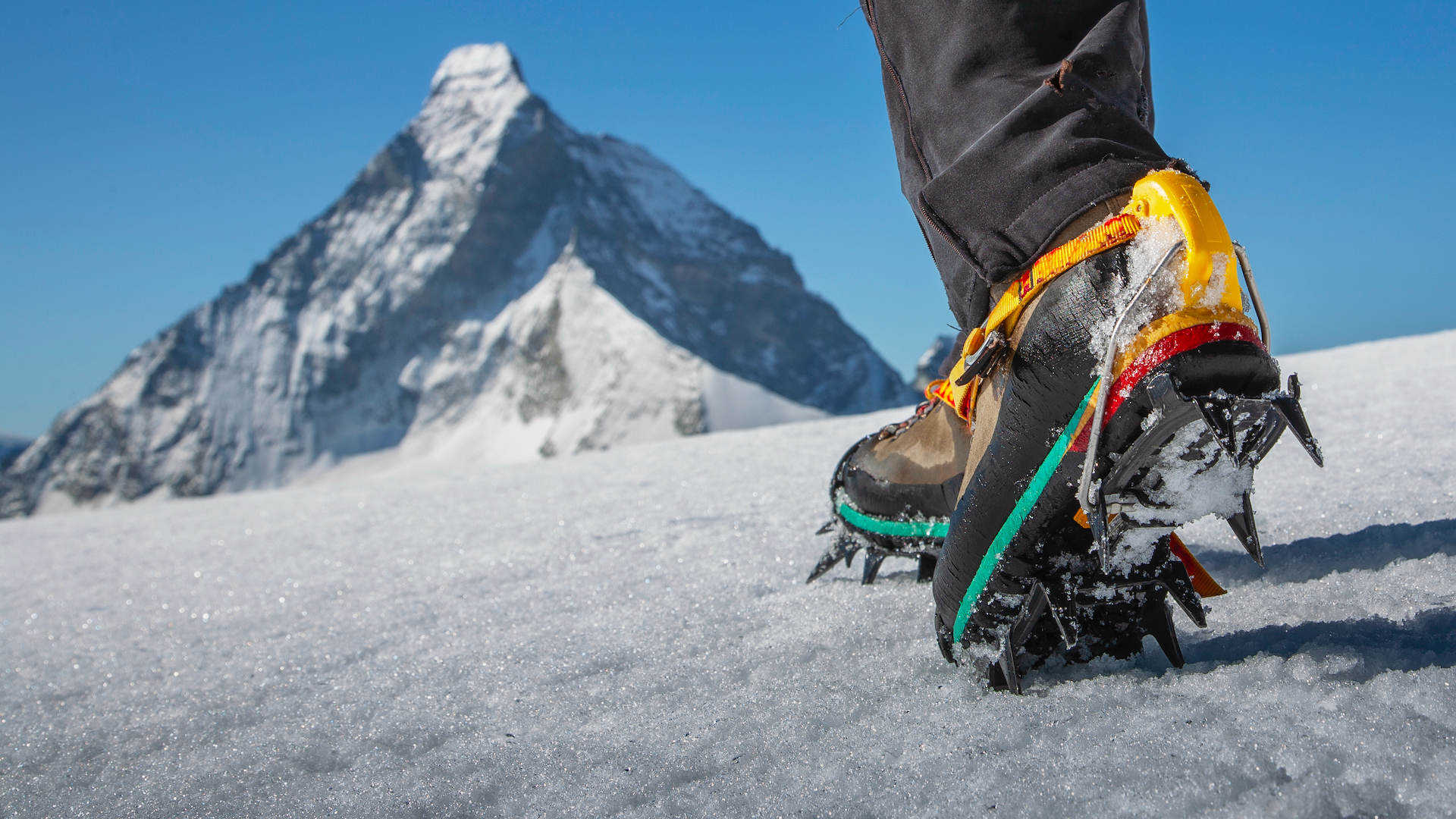
- Mountaineering vs hiking: is there a difference?
Julia Clarke is a staff writer for Advnture.com and the author of the book Restorative Yoga for Beginners. She loves to explore mountains on foot, bike, skis and belay and then recover on the the yoga mat. Julia graduated with a degree in journalism in 2004 and spent eight years working as a radio presenter in Kansas City, Vermont, Boston and New York City before discovering the joys of the Rocky Mountains. She then detoured west to Colorado and enjoyed 11 years teaching yoga in Vail before returning to her hometown of Glasgow, Scotland in 2020 to focus on family and writing.

